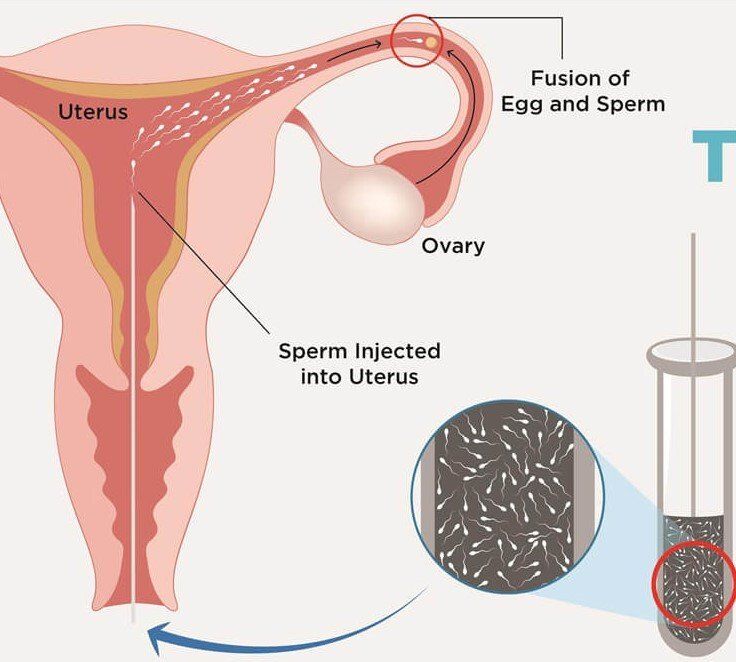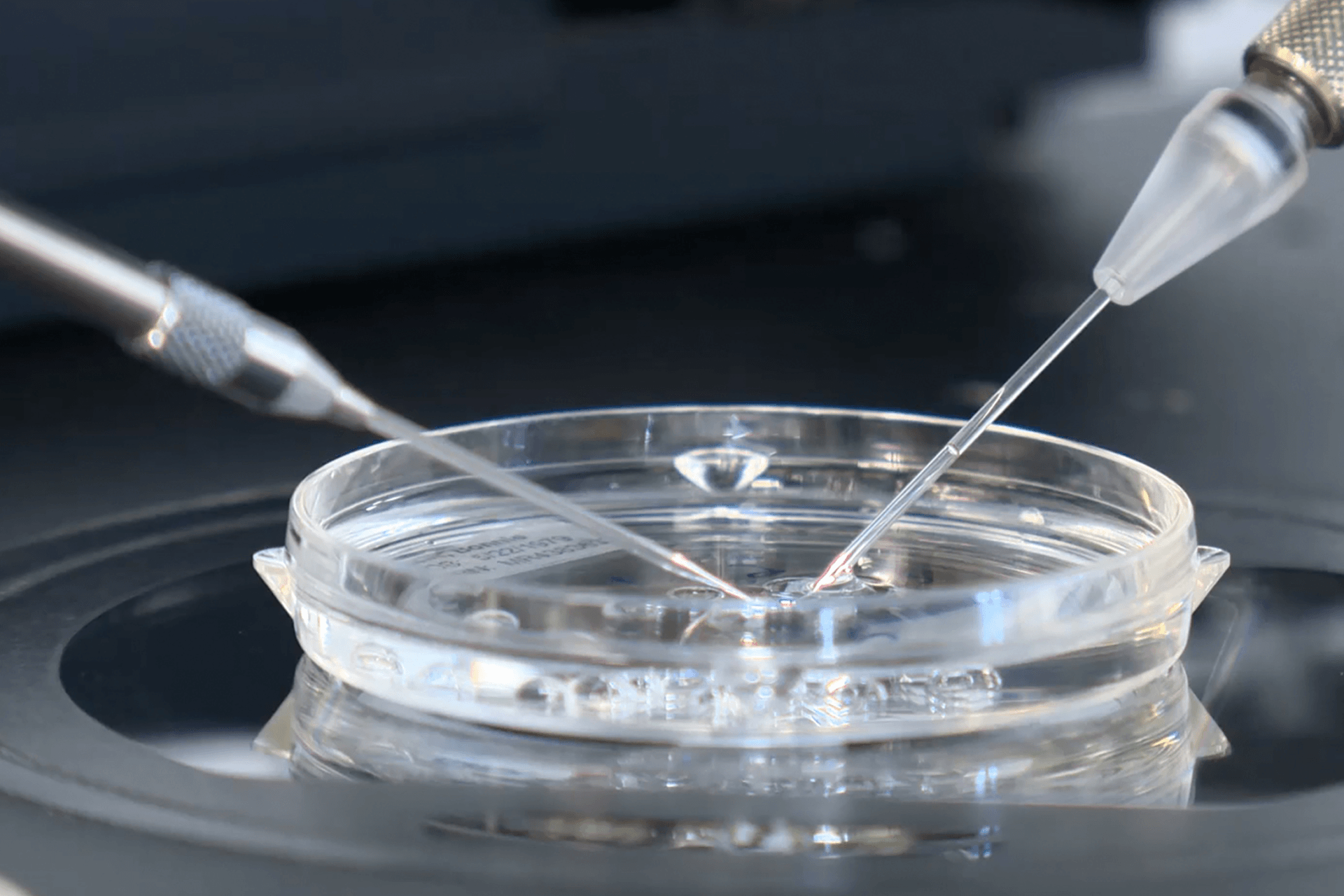Tubal Reversal
Tubal reanastomosis, or tubal reversal, is a surgical method used to reverse tubal ligation (an operation to prevent pregnancy by the surgical tying, cutting or burning of the fallopian tubes to prevent the passage of eggs from the ovaries to the womb). This may be an option for women, who for various reasons, wish to reestablish their fertility. Dr. Arya is skilled in performing tubal reversal microsurgery through her special training in Obstetrics and Gynecology, Reproductive Endocrinology and Infertility.
What is the Success Rate?
The success of this operation depends on many factors:
- the length and health of the remaining fallopian tube segments to be rejoined, skill of the microsurgeon (a surgeon experienced with microsurgery)
- the woman's age at the time of reversal surgery
- method of tubal sterilization
- scar tissue in the pelvis
- the sperm test results of the partner and other infertility factors. Re-opening of the tubes provides a high chance (but not a guarantee) of pregnancy if the woman's tubes are healthy and there are no other infertility factors.
Under optimal conditions, the pregnancy rate can be as high as 75 to 80 percent. This chance for success, as well as the time to achieve conception following tubal reanastomosis surgery, is influenced by the above factors. Conception after the surgery usually occurs within the first year.
What does the Surgery involve?
Tubal reanastomosis is a two-to-three-hour surgical operation performed under general anesthesia (being put to sleep). Usually, laparoscopy (placing a small scope through the navel) will first be done to evaluate the reversibility of the tubes. If conditions are appropriate, a bikini cut, a small (side to side) incision, is made just above the pubic hair line. An operating microscope is used to connect the small ends of the tube together with very fine suture material. Typically, an overnight hospital stay is not necessary. After surgery you will be observed in the recovery room for few hours and then discharged home with pain and nausea medications to take at home. Most patients return to normal activities within two weeks. You will follow up in the clinic after 1-2 weeks. You will be advised to avoid attempting pregnancy for 3 months after tubal reversal while you and your fallopian tubes are heling from the surgery. This reduces your risk of ectopic pregnancy. At three months we offer an HSG procedure to test the patency of your fallopian tube/s.
Are you a candidate for Tubal Reanastomosis?
You are a candidate if there are no medical contraindications to pregnancy, you have adequate tubal segments, and your partner's sperm analysis is normal or you desire insemination using donor sperm.
What is required prior to surgery?
- Medical history and physical examination
- Male partner's sperm analysis
- Copies of your operative report and pathology reports for the sterilization procedure at the time of your initial office visit will be helpful
- You may also be required to have additional x-rays, blood work and/or fertility tests prior to surgery.





